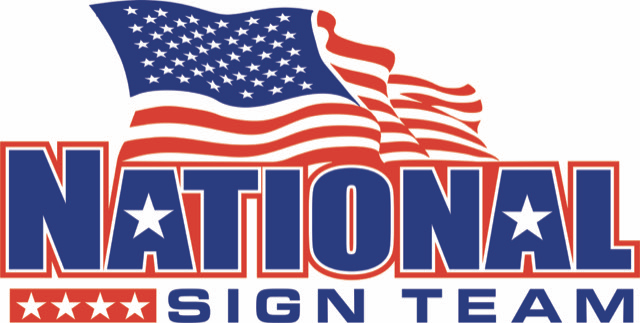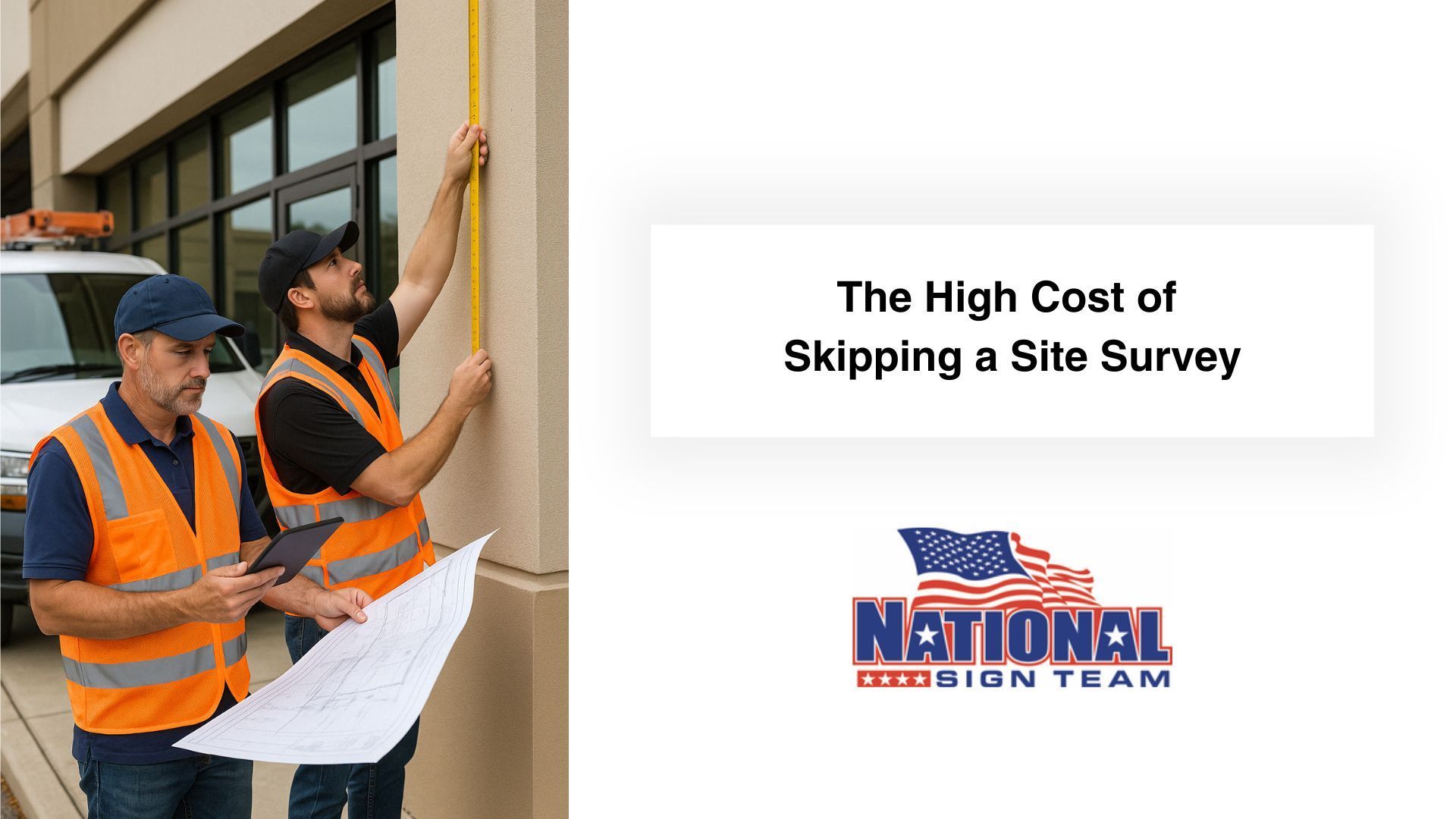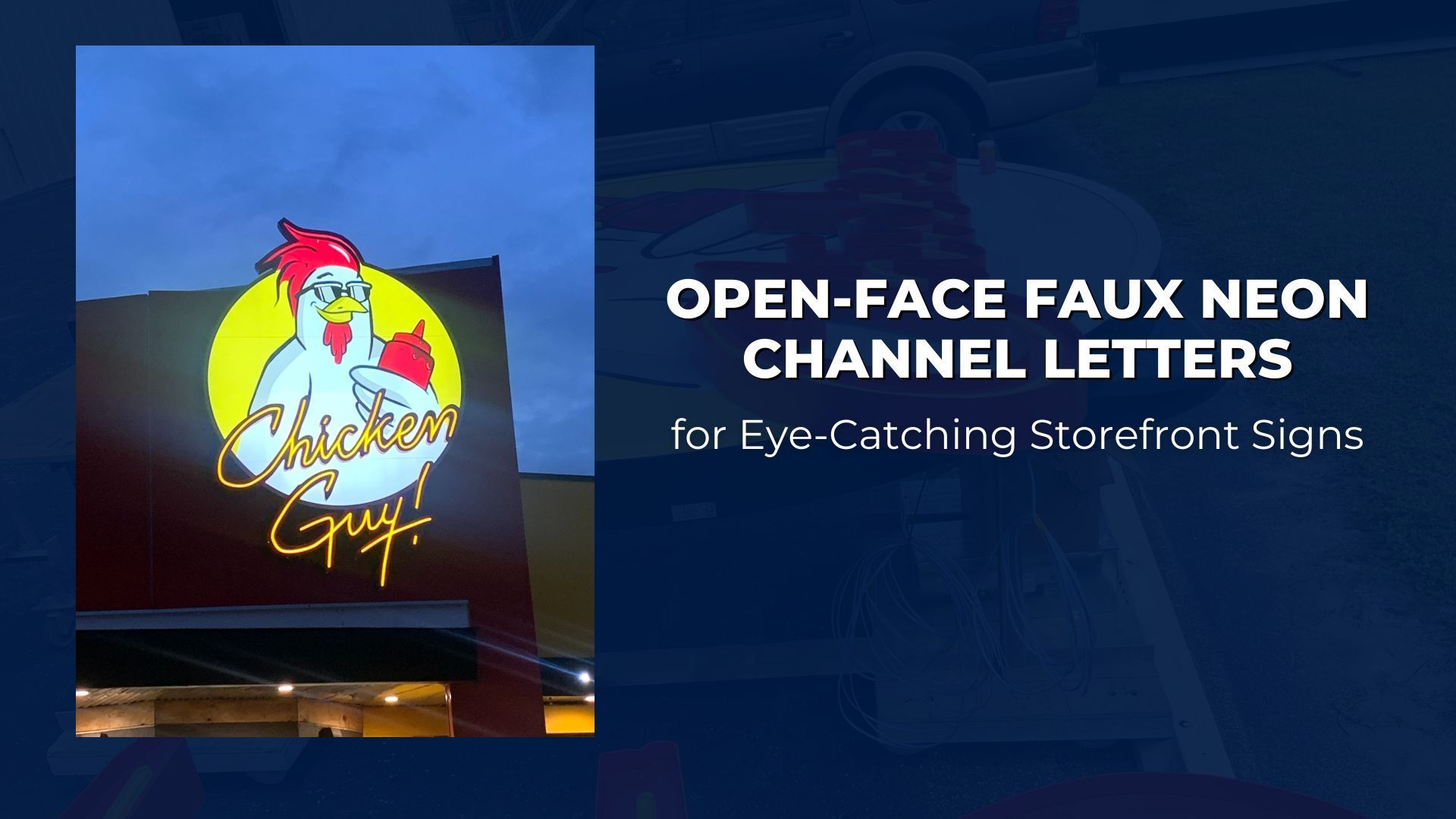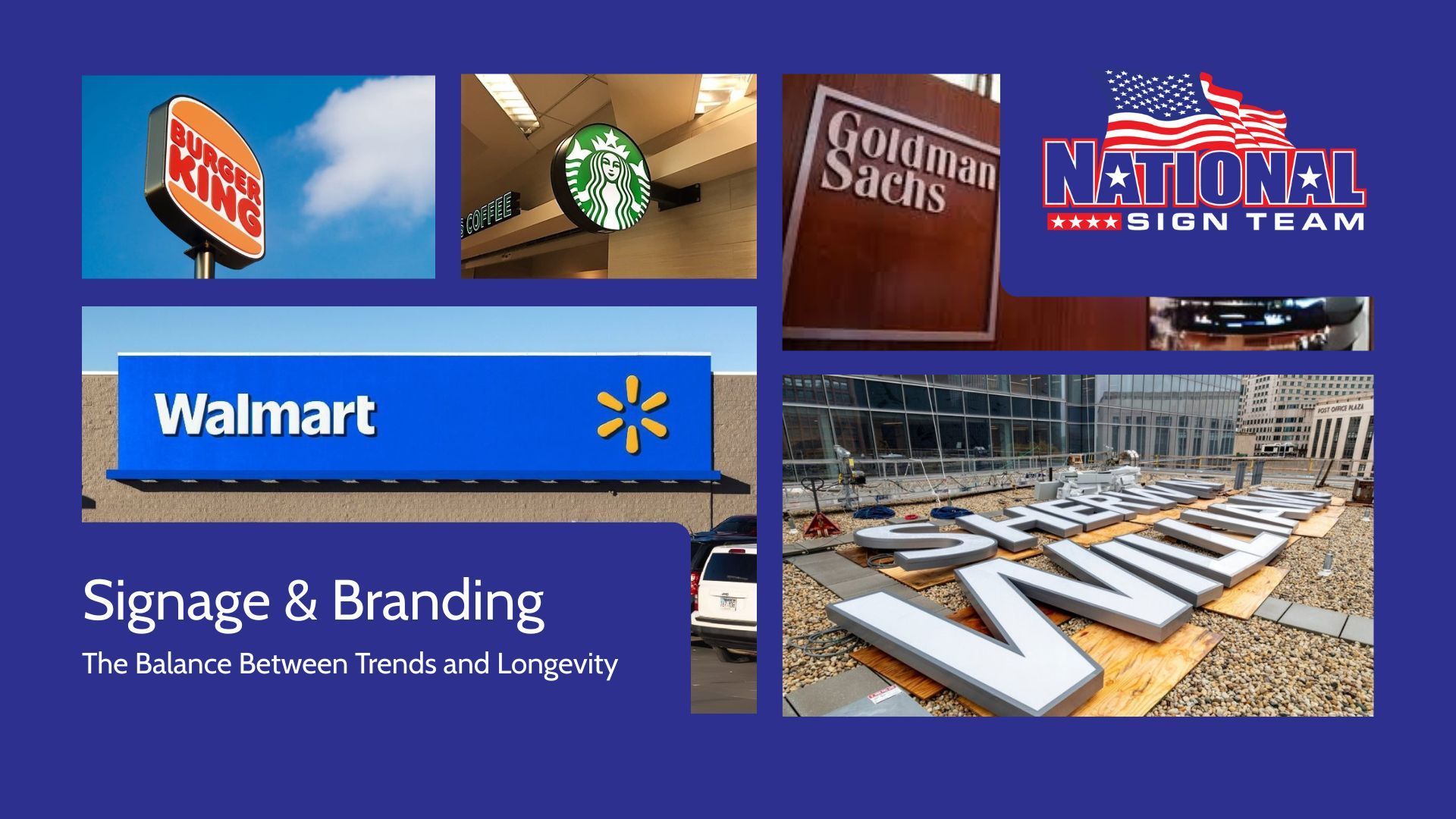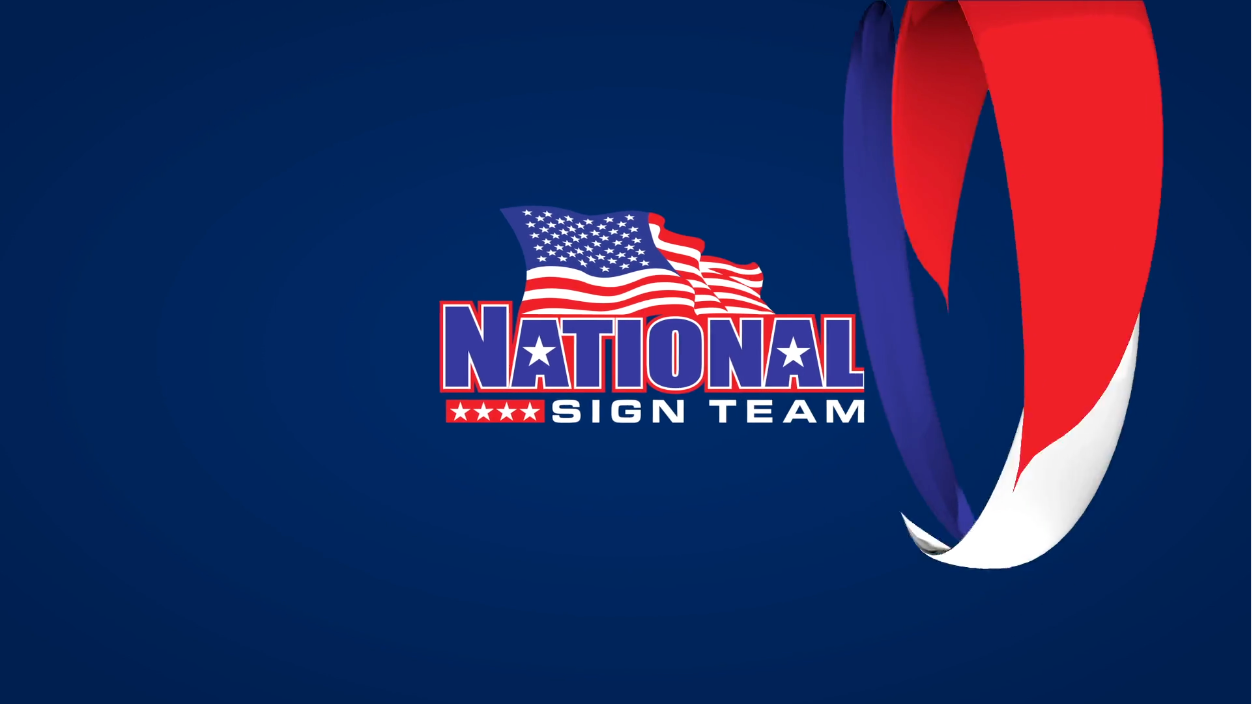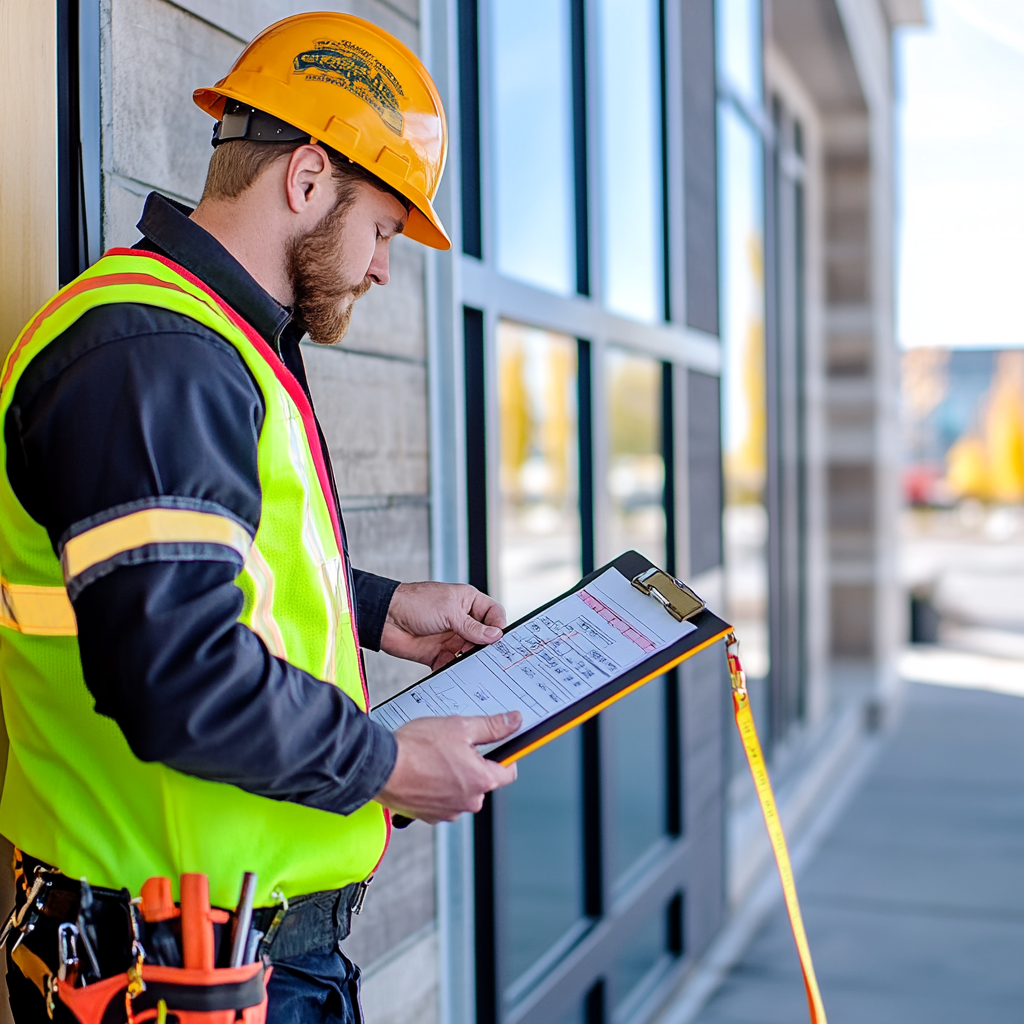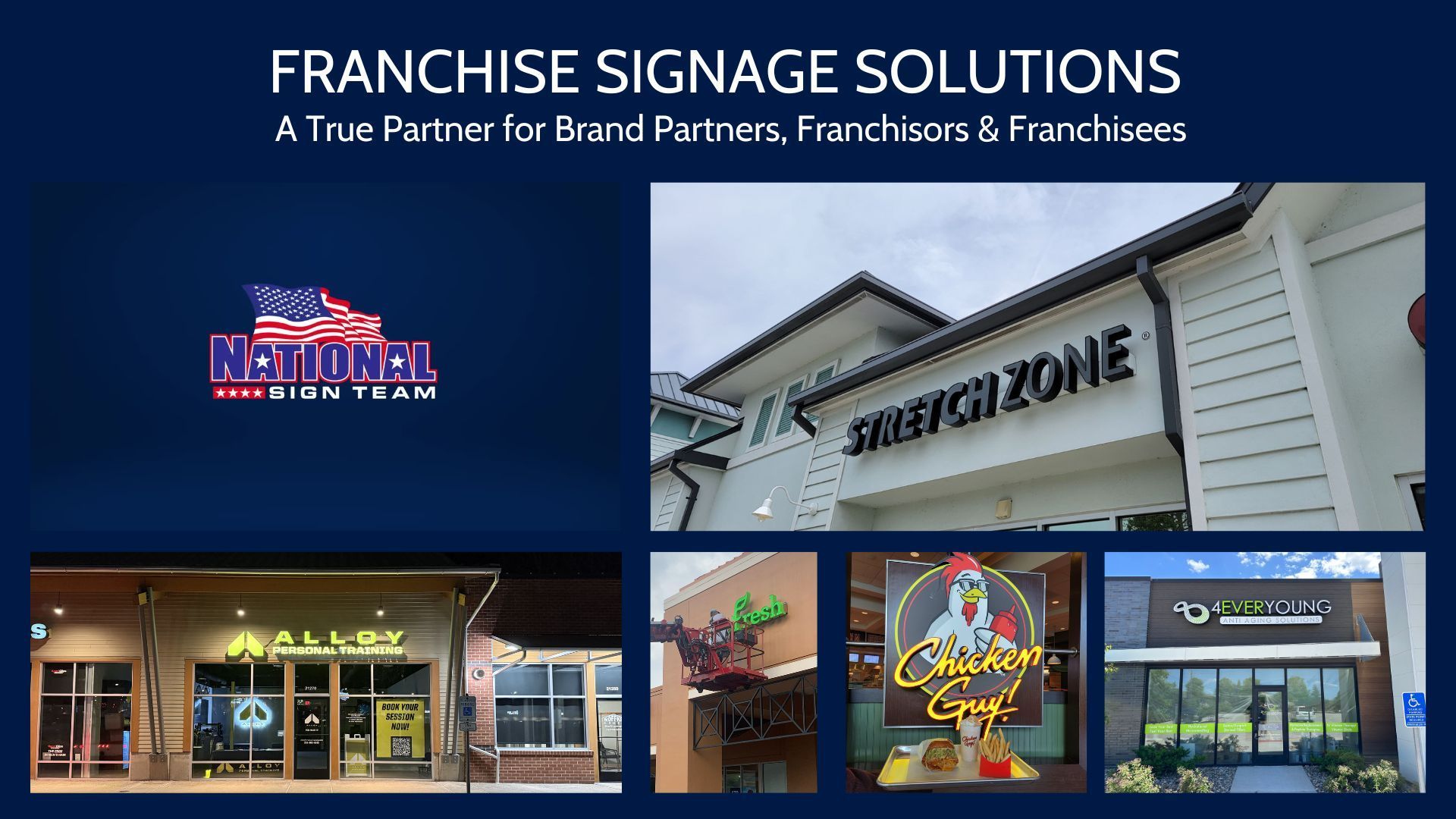7 Sign Permitting Rejections: Reasons for Denial
Navigating the Maze of Sign Permitting: How to Avoid Common Pitfalls
When your business is booming, and you're on your third expansion, the momentum feels unstoppable. You've meticulously planned every detail of your build-out, from interior design to inventory management. However, in the whirlwind of growth, the signage - your brand's public face - becomes an afterthought. "No big deal," you think, as your local sign company assures a swift one-week turnaround. But as installation day approaches, you hit an unexpected roadblock: permitting. Suddenly, the straightforward task of putting up a sign becomes a daunting challenge, filled with bureaucratic hurdles and unforeseen delays.

The Unpredictable World of Sign Permitting
Unlike building permits, which are generally straightforward, sign permitting is a different beast. Many business owners are surprised to find that getting a sign permit can be a complex, time-consuming process fraught with potential for rejection. The criteria for sign permits vary significantly from one municipality to another, with regulations covering everything from size and placement to lighting and materials. This variability makes it easy for applications to get rejected for reasons that might seem trivial at first glance.

7 Common Reasons for Sign Permit Rejections
Navigating the maze of local ordinances and design guidelines can be tricky. Here are seven reasons why sign permits often get rejected:
- Non-compliance with size restrictions: Many municipalities have strict limits on sign size relative to the building frontage.
- Inappropriate sign placement: Violating setback requirements or obstructing public rights-of-way can lead to denial.
- Incorrect zoning: Not all sign types are permitted in every zone, especially residential areas.
- Inadequate structural support: Signs must meet local building codes for safety.
- Non-conforming illumination: Some areas restrict or prohibit specific types of illumination or illuminating signs altogether.
- Environmental impact: Signs in historic districts or near sensitive ecosystems may face additional scrutiny.
- Failure to match design guidelines:
Aesthetic considerations, especially in historic or specially zoned areas, can affect permit approval.

The Power of a National Sign Program and Team
Avoiding these pitfalls doesn't have to be a solo journey. A National Sign Program with an experienced National Sign Team can streamline the entire process. Here's how:
- Planning: Expert planning ensures that your sign complies with local regulations from the start.
- Design: Professional design services create signs that not only capture your brand's essence but also meet municipal guidelines.
- Permitting: A dedicated team navigates the permitting process, leveraging their knowledge of local requirements to avoid common reasons for rejection.
- Installation: Professional installation services ensure your sign is safely and correctly mounted, adhering to all local codes.
- Maintenance: Regular maintenance keeps your sign in top condition, ensuring compliance with local regulations over time.
By partnering with a National Sign Team, you can focus on what you do best - running your business - while leaving the complex logistics of sign permitting in expert hands.

Ready to Illuminate Your Brand Without the Hassle?
Avoid the stress and uncertainty of sign permitting. Give the National Sign Team a call at 727.859.1044, or use the form below to schedule a callback. Let us handle the complexities of planning, design, permitting, installation, and maintenance, so you can ensure your signs are not just compliant but compelling. Illuminate your brand with the peace of mind that comes from knowing you're in professional hands.
